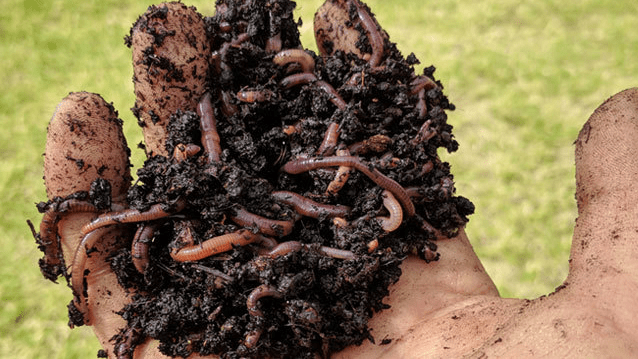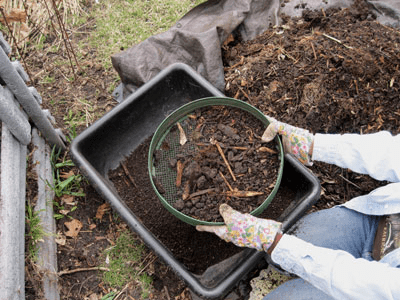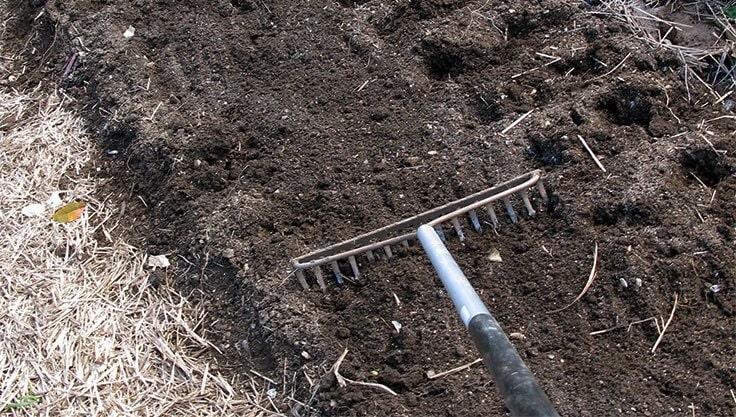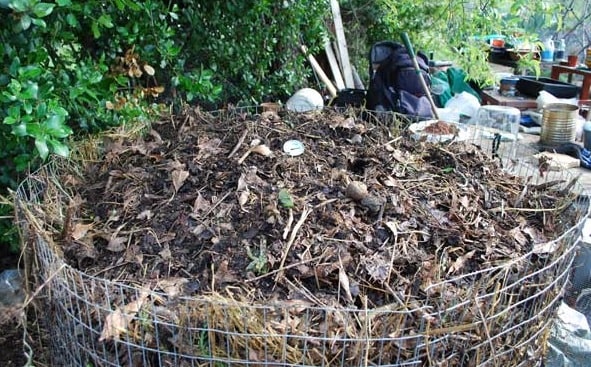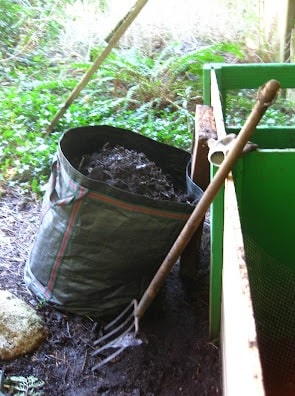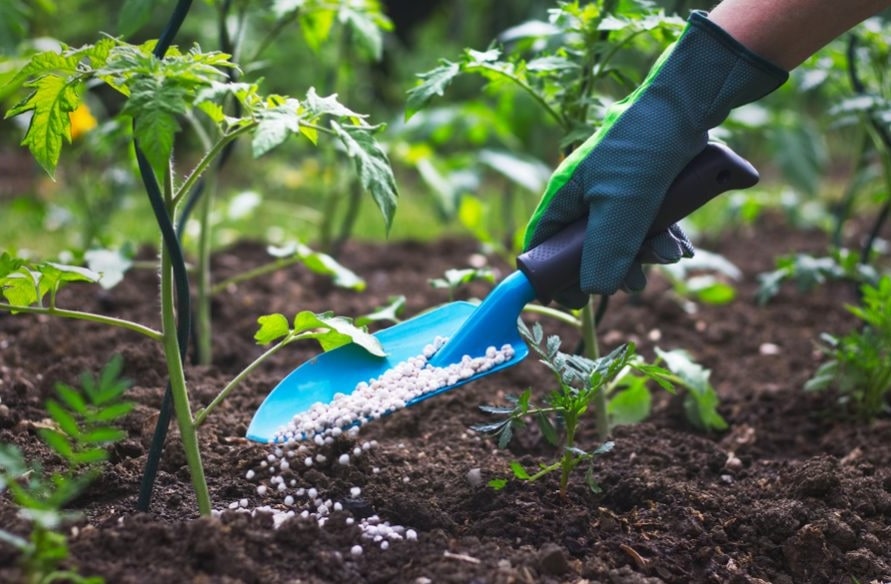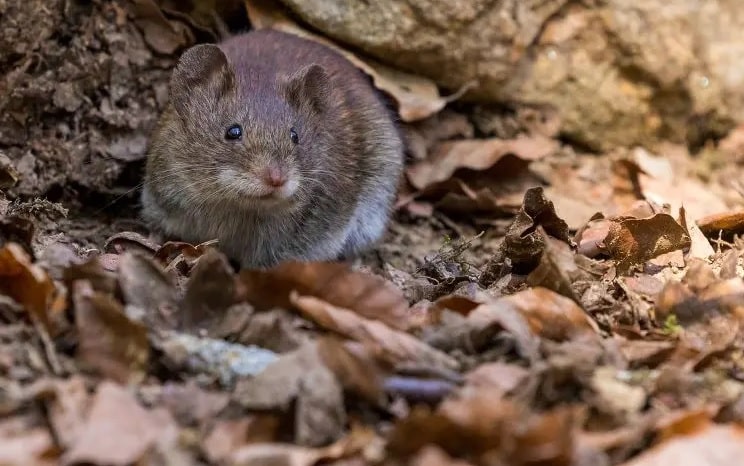Not every place in the garden is suitable for the compost. The compost needs ideal temperatures so that rotting can take place. In addition to the location, the subsoil also plays an important role.
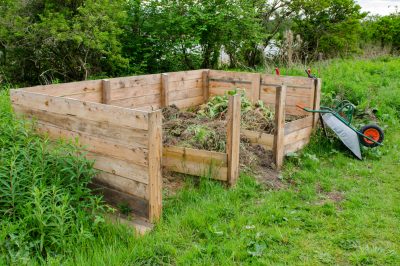
Contents
Protected and warm location
Place the compost in a secluded location in partial shade. It should be well protected from wind and rain to create optimal conditions inside for rotting. If you don’t have shade trees, shrubs or walls in your yard, you can plant tall-growing species like sunflowers or pole beans next to the compost. A thermal composter works best in a sunny location.
What Are the Common Mistakes That Can Affect the Ideal Location for Compost?
Choosing the right spot for composting is essential. Ignoring sunlight, moisture, and drainage can lead to problems. Additionally, placing compost bins too close to trees can hinder aeration. To achieve the best results, be mindful of these common composting pitfalls to steer clear and ensure your compost thrives.
Requirements for the subsoil
An open soil under the compost ensures water drainage. Waterlogging should be prevented, as it leads to rotting. Meat and food scraps are organic waste that can be disposed of in the compost. Since they attract voles and rats, you should dispose of these scraps in household garbage. Against voles helps a wire mesh on the ground.


